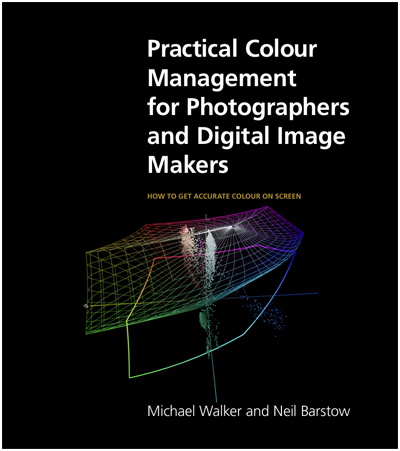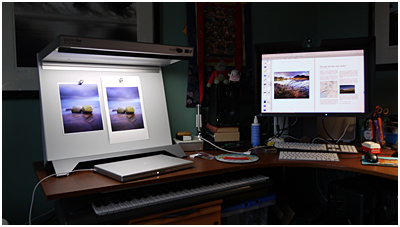On Thursday I received my Epson 4880, which you can see installed in my studio below.

Needless to say, the place is starting to look more like a laboratory, but that's fine I guess. It is where I work.
I've got some set up to do on it, and feel there's a bit of a learning curve with it all. Getting familiar with equipment takes time, and I'm very much in the frame of mind about reading manuals now, and taking time to get used to all the features of a new product.
Anyway, I must thank Neil Barstow from Colourmanagement.net for all the advice and time he's spent with me. There's been a lot of correspondence and I'd really like to get him up here to work with me at some point to help me fine tune the colour process.
But I think seeing the actual process in flow was very important for me in making the decision to go Inkjet. I have Kyriakos Karlokoti to thank for getting in touch with me when I initially put out a feeler on this very blog for advice and help. He has been very instrumental in showing me the process and of course the results. I'm quite a technical person, having worked in IT for a long time (that's another story), but there is really a lot of misguided information out there about colour management.
I've always believed very much in the traditional print and I still love Silver Gelatin papers and a well made print in the dark room, but I feel now that Fuji Crystal Archive and light jets, isn't a road I will pursue any longer. It seems that Injket quality really has arrived. So much to my own surprise.... I remember trying it around 10 years ago and being severely dissatisfied with it and the reviewer (who shall remain nameless) who claimed it was a ready technology. I'm only glad to report that it now is a superb medium.


